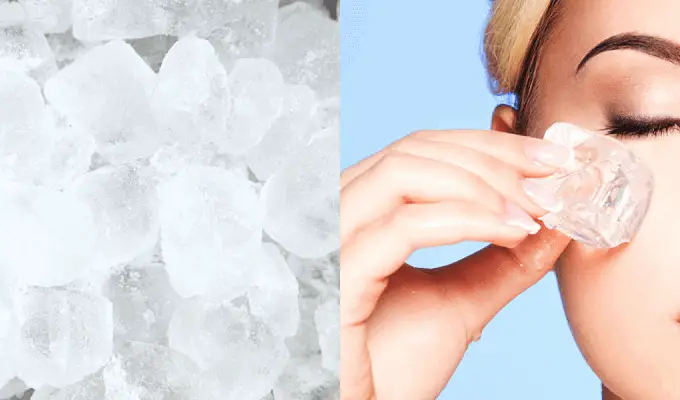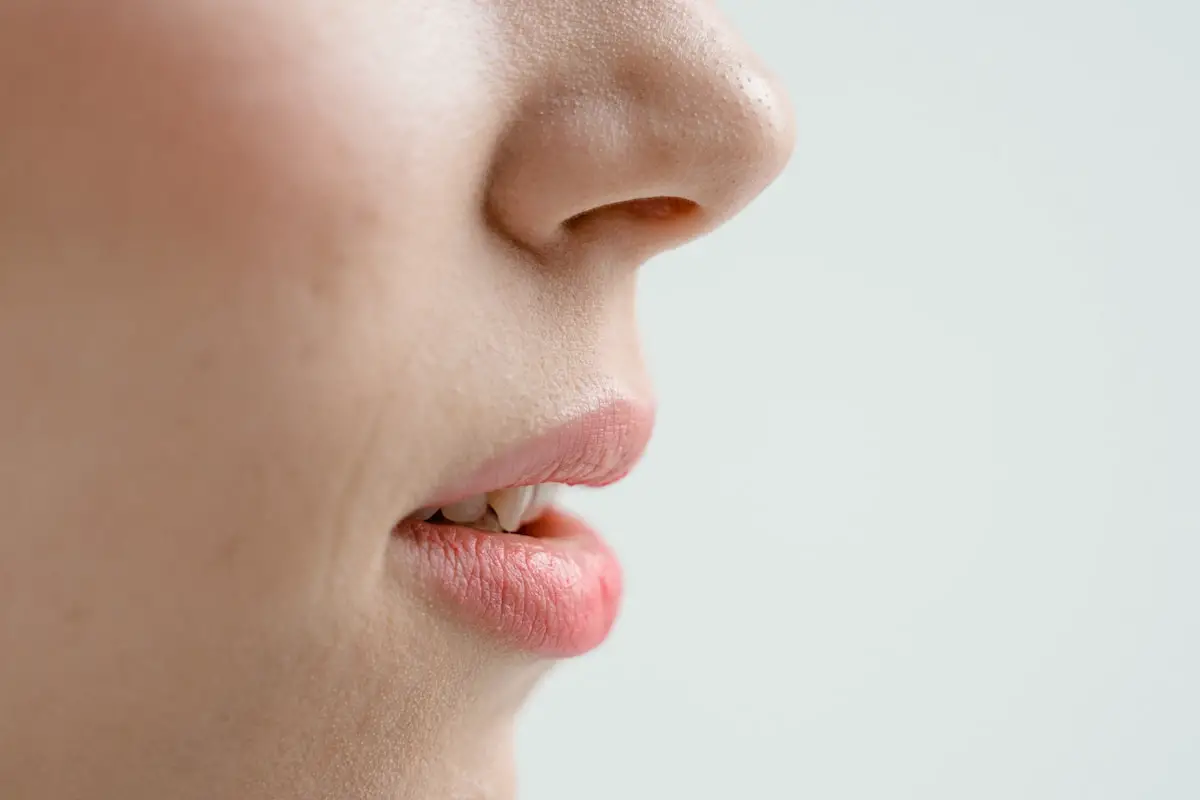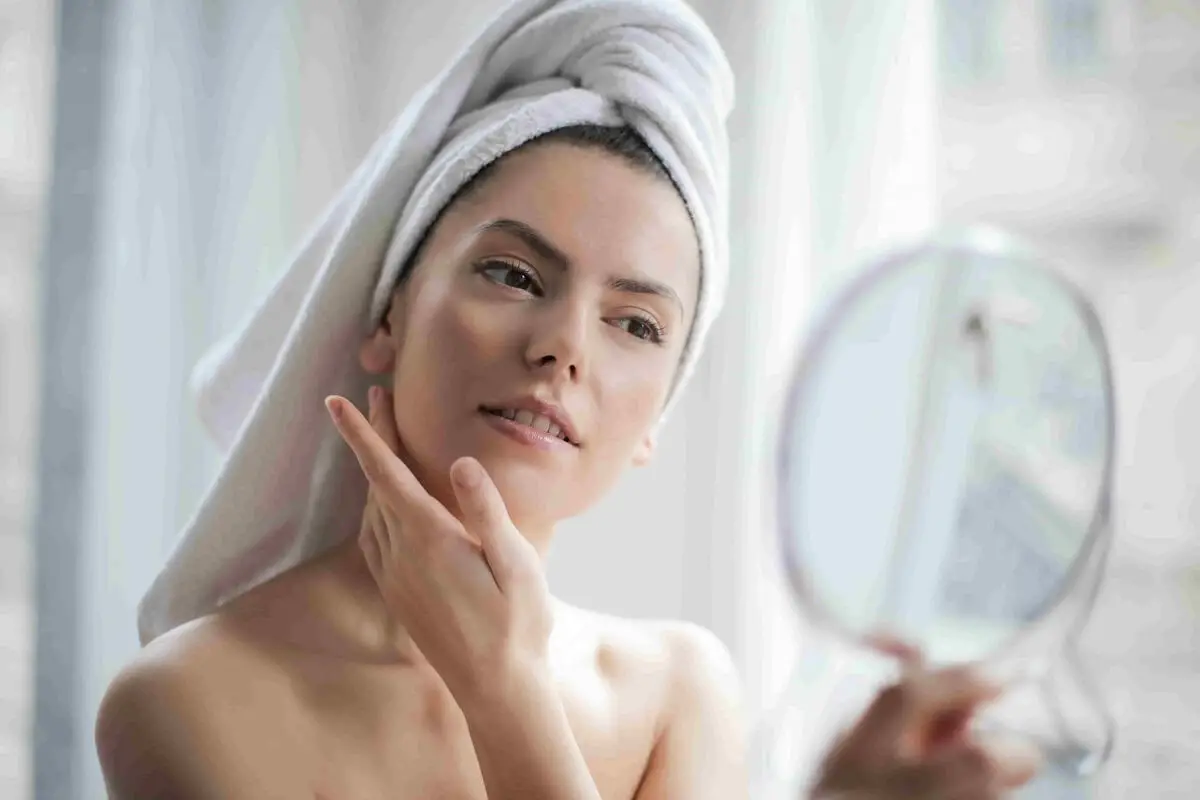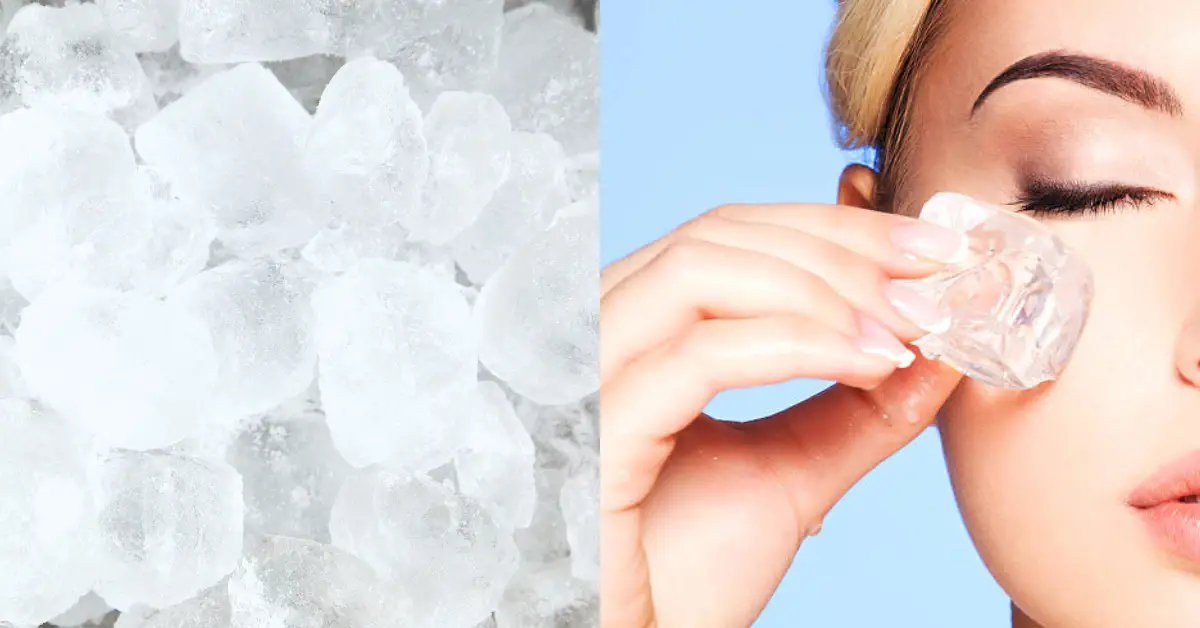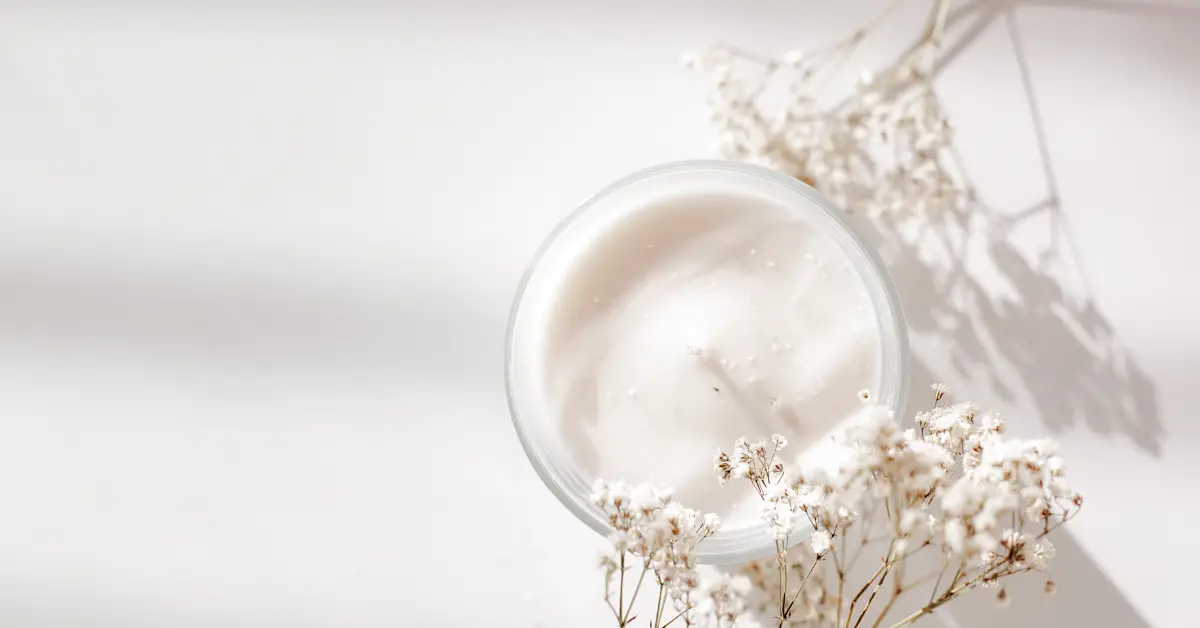Ice facial roller has become increasingly popular as an at-home skin care solution. An ice roller is a simple device composed of a cylindrical handle with a metal head filled with liquid. This cylinder is rolled over the face to reduce puffiness, inflammation, and redness while improving circulation and providing a cooling effect that can help minimize pores, tone the skin and reduce wrinkles. Ice rolling also helps to speed up skin cell turnover, leading to brighter, more radiant-looking skin. Furthermore, it helps reduce acne breakouts by decreasing oil production and slowing down bacteria growth. With regular use of an ice roller, you will experience balanced and hydrated skin with improved texture for a healthy complexion. Keep reading to know ice roller benefits and contraindications.
Related articles
When Ice Roller became popular?
The use of ice rollers for facial rejuvenation began to become increasingly popular in the early 2010s. As the trend grew, people began to research and experiment with how rolling an icy cold cylinder on their face could help with skin care concerns like puffy eyes, redness, and wrinkles. The therapeutic benefits of using an ice roller were quickly realized as the cold metal helps to constrict blood vessels and close pores while also providing a soothing massage-like effect that can reduce inflammation. Additionally, because cold temperatures are known to stimulate collagen production, regular use of an ice roller can also create firmer skin over time. With its growing popularity, more and more beauty and skincare companies began producing their own high-end versions of the product that offer different levels of intensity and customizable settings for those who find certain areas more responsive than others.
What are the benefits of ice rollers?
Ice rolling benefits are numerous.
- Firstly, it can reduce puffiness and swelling in the face, especially after a long day or night out. It helps firm and tone skin as well as shrink pores.
- Soothe inflammation due to skin irritations such as acne, eczema, and psoriasis
- Boosts circulation in the face, which means that your skin will look more radiant with regular use.
- Minimize wrinkles and reduce signs of aging.
- Using this tool on the temples for people who suffer from migraines, can help relieve pain and tension in the head and neck area.
- Helps keep your makeup looking fresh all day long if you used before makeup
Who should not use an ice roller for the face?
Contraindications of using an ice roller for the face include
- Sensitive skin
- Rosacea
- Acne
- Sunburned skin.
It’s also important to note that since cold temperatures can cause further damage to already fragile skin, people with conditions such as eczema or psoriasis should be especially cautious when using an ice roller on their face.
Ice rollers may also be too intense for certain people who are undergoing medical treatments such as chemotherapy or radiation therapy.
Additionally, ice rollers should not be used over open wounds or on broken skin.
Finally, it is important to follow all safety instructions and avoid pressing down too hard while using the ice roller to prevent frostbite and bruising.
Where to keep ice roller: fridge or freezer?
The best place to store and keep an ice roller for the face is in the freezer. Keeping it in the freezer will ensure that it maintains a cold temperature and keeps its shape. Additionally, because the roller’s surface is made of metal, it can help to cool down skin quicker when left in the colder temperatures of a freezer rather than just a refrigerator. Storing it in either location can also help to extend its shelf-life and reduce any potential bacterial growth.
Should I make it or should I buy an ice roller?
The main difference between a ready-made ice roller for the face and a self-made is that a ready-made ice roller is designed specifically to provide therapeutic benefits such as reducing inflammation, redness, puffiness, and acne. Ready-made ice rollers are usually made from medical-grade materials that are designed to be durable and safe for use on the skin. Face roller ice from brands considered to be nearly sterile.
Self-made ice rollers, on the other hand, are created by combining items found in a regular household like crushed ice in a plastic bag with some type of cloth or fabric. The benefit of this type of ice roller is that it can be reused if needed; however, it may not provide the same level of cooling and therapeutic benefits as those offered by a store-bought device. Additionally, self-made ice rollers may not be as hygienic compared to a ready-made option due to the fact that fabrics used can often retain bacteria and germs which could cause irritation or infection when used on the face.
How to make an ice roller at home?
Making an ice roller for the face at home is really quite simple. All you need to do is gather some supplies first, such as a metal bowl, a container for water, a large spoon, and a small cylindrical object (such as a rolling pin or empty can) that fits in the bowl.
- Start by filling the metal bowl about halfway with cold water and setting it outside in the cold until it’s icy. It can also be helpful to add some crushed ice cubes to speed up this process.
- Next, use the spoon to transfer some of the ice chunks from the bowl into your container of water so they stay submerged.
- Once the water is cold enough and has enough chunks of ice in it, place your cylindrical object inside the bowl and press down gently until it’s completely submerged beneath the surface of the icy water.
- Wait around 10 minutes before retrieving your homemade ice roller from its freezing bath – you may want to wear gloves while doing this! The metal should now be very cold to touch; however, ensure that it has not frozen solid or else you will have difficulty rolling it across your face.
- To finish off, simply rinse off your homemade ice roller with warm running water after use
What can be added to your self-made roller?
Adding vitamins and other extracts to a home ice roller for the face is an excellent way to increase its efficacy in skin care.
Vitamin C, which can be found in fruit juices, citrus fruits, broccoli, peppers, and various other foods, is one of the most beneficial vitamins for skincare. It helps reduce inflammation and irritation while promoting collagen production and brightening the skin.
Additionally, Vitamin E is also great for skin health as it contains antioxidants that protect the skin from environmental damage.
Aloe vera extract is known to soothe irritations while adding moisture to the skin.
Green tea extract has anti-inflammatory and antioxidant properties that help reduce wrinkles and fight off free radicals.
Jojoba oil contains fatty acids that are similar to those present in human sebum and can help control excess oil production. This makes it an ideal solution for acne-prone skin types.
Finally, hyaluronic acid helps keep the skin hydrated by binding moisture to itself.

